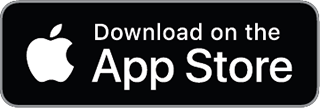Rocky Point surf forecast guide
Rocky Point is located on the North Shore and is known for its flat, curving reef that spans about 250 yards. This spot is one of the most consistent places to catch waves, breaking anywhere from chest high (about 0.6 meters) to double overhead (up to 3 meters) during winter swells. The waves here can be fun across a variety of conditions, and it's a well-known spot for surfers looking for that reliable ride. Expect a good mix of crowds, especially when the conditions are right.
The waves at Rocky Point are pretty varied, offering both rights and lefts that cater to different types of surfers. The best swells come from the Northwest (WNW) direction, but it can also handle West (W) and North (N) swells to a decent extent. On good days, you’ll find a series of rights that can hold up nicely and offer some fun walls and tubes, especially in N-NW swells. Meanwhile, W-NW swells provide a combination of right and left breaks, with some of the more prime waves happening on the left peak that can peel down the reef. With an uneven reef bottom, the waves can be a mix of clean barrels and areas that offer a variety of maneuvers, but just keep in mind that some parts are sharper and might catch you off guard.
The best tide to hit Rocky Point is usually between low and peak high, and it can handle all tides. Calm or light winds from the southeast (SE) work best, although the typical ENE trades can be alright if they’re not too strong. Crowds can be heavy when it’s good, so patience is key, and respect among surfers is a must. It’s a spot suitable for intermediate surfers and beyond, and it's great for shortboards, bodyboards, and even bodysurfing. Access is straightforward, with parking nearby and a path leading to the beach.

